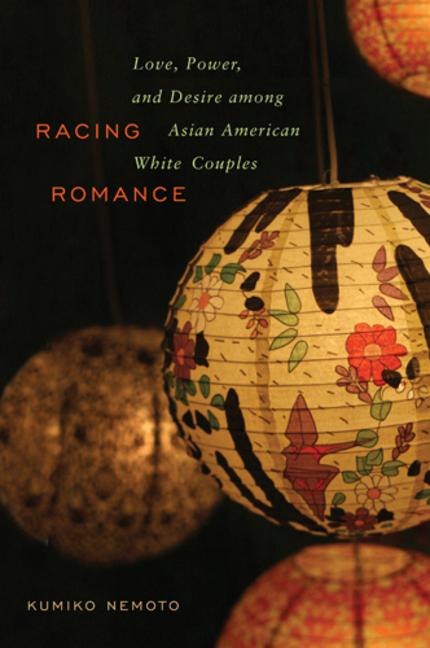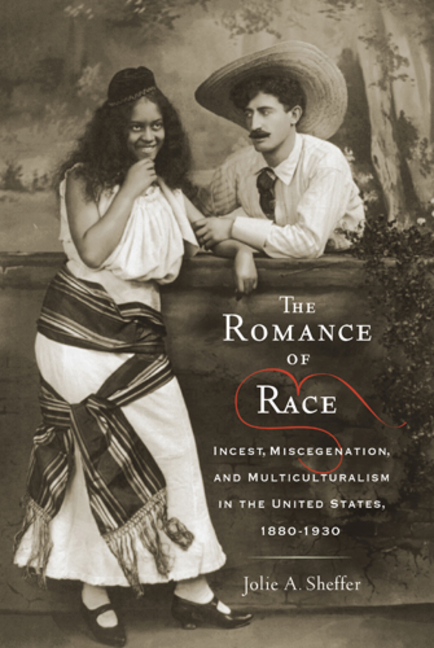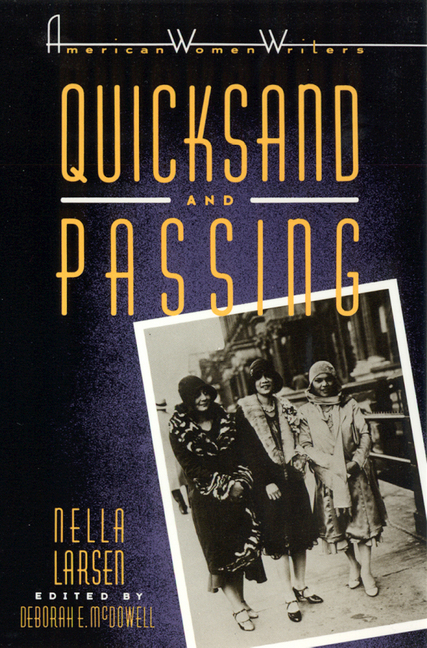For minorities in France, Obama still casts a spell
France 24: International News
2012-08-09
Jon Frosch

Though his reputation among blacks and Arabs in France is showing ever-so-slight signs of wear and tear, US President Barack Obama remains a powerful symbol for French citizens of colour. France24.com takes a closer look.
When Barack Obama was elected in 2008, Anthony Borval, a black Frenchman of Caribbean descent, was elated.
“It was intense, I felt almost American,” the 29-year-old office manager confided. “Obama indirectly sent us a message that anything was possible, a message of hope for minorities in France, where it’s difficult for us to succeed.”
Four years later, as Obama spends the end of his tumultuous first term fighting a tough re-election battle against Republican challenger Mitt Romney, the US president is still a hero for Borval. “His victory taught French people of colour to believe in ourselves,” he said. “Today, I still feel great pride that an African-American is running the world’s superpower.”…
…Perhaps more common than that bluntly pragmatic view is a sense among some French minorities that Obama is an admirable figure who has not fully lived up to his promise. Aziz Senni, 36, is a Moroccan-born Frenchman who founded an investment fund specialising in economic development in the “banlieue”. Like many people of colour in France, Senni says he was captivated by Obama’s rise and impressed with Americans for voting a black man into the White House just decades after the civil rights movement.
But Senni also noted that “like all new things, time goes by, the shine fades, and there are disappointments”. He cited Obama’s failure to advance the Mideast peace process, something that has tarnished the US president’s image among Arabs around the world. “We had a lot of hope after his Cairo speech, but he’s mainly been the same as his predecessors on the Israeli-Palestinian conflict,” Senni assessed. “That’s the reality of being an American president.”…
…French mistrust of multiculturalism has deep roots: since the French Revolution, the country has clung to the notion that a common French identity could override differences in race and creed. The problem, according to Ndiaye, is that “Frenchness” has not always been as inclusive in practice as it is in principle. “After France’s colonies became independent, France thought of itself as essentially white,” the historian stated. “And many French people feared that immigration from former colonies would cause the republic to be fractured.”
The result is a theoretically colour-blind country in which close-knit ethnic and religious groups are often viewed warily, politicians avoid referring to specific communities of voters, and disdain for affirmative action (known here as “positive discrimination”) is common on both sides of the political aisle.
According to Ndiaye, however, it is affirmative action that could eventually help France create conditions from which a French Obama might one day emerge. “Obama didn’t come out of nowhere,” he explained. “There is a critical mass of 10,000 elected black officials in America, from sheriffs to mayors to Congressmen to the president. Affirmative action helped. We need that in France.”…
Read the entire article here.




